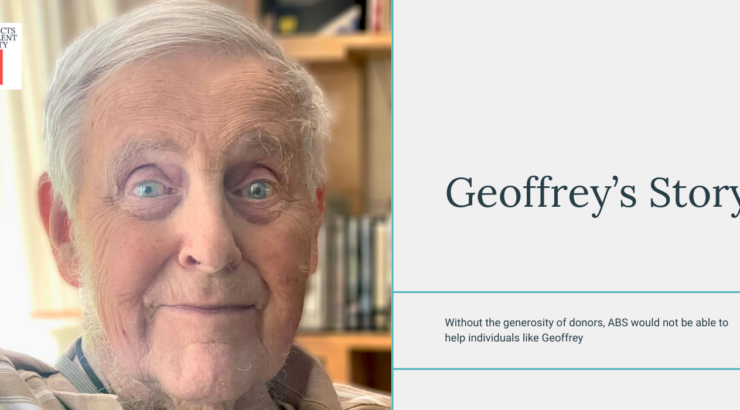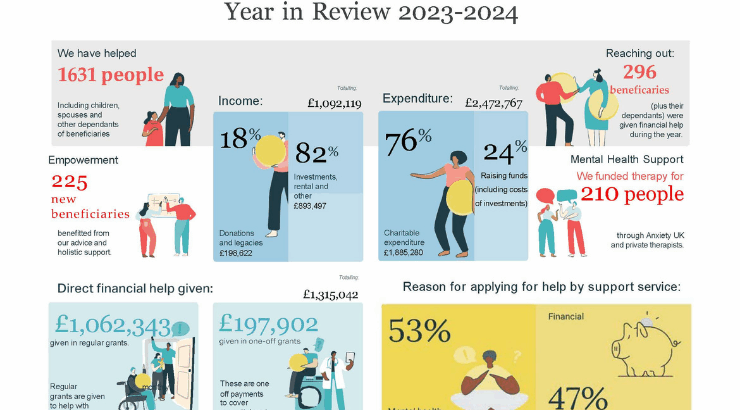With the sun shining across the UK, we thought it was only apt to talk about the environment we are in. The physical and outdoor space that we are in can greatly affect our mood. Working in a bright office with lots of natural sunlight or adding a few plants into the room can enhance someone’s mood. Sometimes the space only requires minor upgrades to improve, other times it needs to be redone with wellbeing in mind.
We wanted to start off by sharing an article written by Landscape Architect Sam Shaw, one of our ambassadors. He talks about the work he did on his garden at home and how it affected his wellbeing.
“Every morning, I wake up, bumble downstairs, let the dog out for a mooch round the garden and whack on the kettle to get a brew on the go. Whilst I’m doing this, I look out onto my modest but lush little garden, which before last summer was a combination of dog damage and kids toys, but is now my own little morning idyll before the rest of the family get up.

Now you may wonder, “Why did a Landscape Architect have a crap garden in the first place?” Well it’s kind of like the builder’s house never being finished. There’s always a thought, a design, something new… and it rarely gets put to reality. However, last year after my grandad died, we used the money he left to create something special for us to enjoy. I was really close to my grandad, and it was a pretty tough time after he died – the garden gave me a focus.

Looking back on 2018, I had a few dark months where I struggled, mainly because I just really bloody missed him – I still do. What I wanted to do was to create something that he would’ve liked, and having moved house in early 2017 we had a blank canvas with the aforementioned rubbish patch of grass outside the back door. So a plan was drawn, budgets were made, materials procured. My dad is/was a builder (with a partially finished house!), and as I spend most of my days designing / telling people how to construct stuff, I’d picked up enough to know how to get a decent quality job. Let me start by saying that drawing it is much easier than building it.
The best part of a few weekends and many evenings during the blisteringly hot summer of 2018 was spent digging, shifting, laying and planting in the back garden. I was pretty broken most evenings from the physical labour – it’s a bit different to a desk job – but enjoyed every minute of it. The one thing I missed however was a quick FaceTime with my grandad to show him where I’d got to, and how things had developed. Again, it’s something I still miss (that and his use of the cat emoji’s in his text messages). It did give me a lot of time to reflect though, and took me out of the house to do something positive, and it’s something I don’t regret.

Getting outside and doing something doesn’t have to be as physical as laying 40m2 of paving, or digging up your entire back garden. In 2019 our gardening activities focus on maintenance, a bit of planting, and repairing the stuff that the dog messes up (she’s a gorgeous pooch, but she’s a total menace when it comes to keeping the garden looking mint). Occasionally we actually get to sit outside and relax in the sun surrounded by our rapidly-developing plants and tip a glass to my grandad, with a smile knowing that he would’ve loved what we’ve achieved.
In fact, being outside is becoming increasingly recognised as a valuable asset in building healthy communities, with stronger connections to nature. Beyond gardening, this is being reflected in wider design-standards, such as Building With Nature (which our studio has been successful in gaining accreditation for two projects), developed by Gloucestershire Wildlife Trust and the University of the West of England. It focusses on developing well designed, expertly implemented and sustainably managed features, which benefit people and nature.
This may sound like a simple process, already being implemented through the land on every new development, but that’s far from the case. There are minimum standards, but the key is to deliver health and wellbeing benefits through green infrastructure close to where people live. This is crucial to encouraging and maintaining strong social and personal links. As Landscape Architects, we’re excited at the improvements being made to recognise the importance of being outdoors in quality open space.

The importance of nature – beyond gardening as not everyone has one – is crucial to our mental wellbeing. Social prescribing is becoming more important to combat our wider societal issues around mental health and social isolation.
There’s exciting research being done to explain the power of nature in relieving both physical and mental stress, and it can be as simple as that time first thing on a morning, looking out on to the garden – however modest – thinking “I did that.









